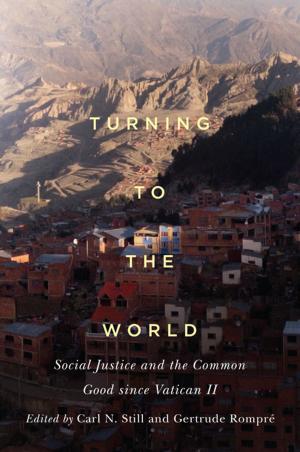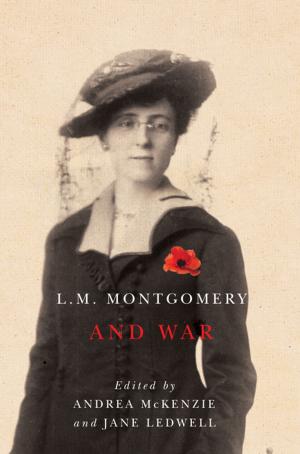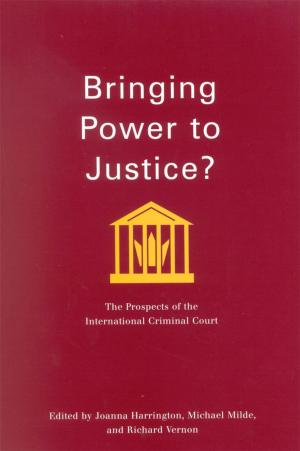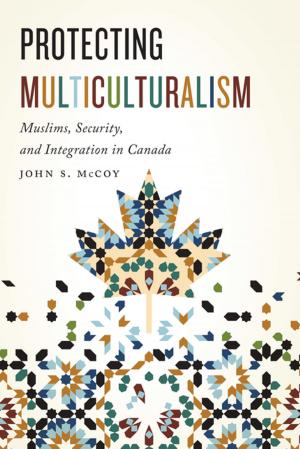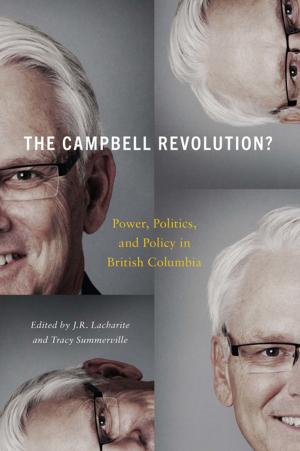Order and Disorder
Urban Governance and the Making of Middle Eastern Cities
Nonfiction, Social & Cultural Studies, Political Science| Author: | ISBN: | 9780773549777 | |
| Publisher: | MQUP | Publication: | June 7, 2017 |
| Imprint: | MQUP | Language: | English |
| Author: | |
| ISBN: | 9780773549777 |
| Publisher: | MQUP |
| Publication: | June 7, 2017 |
| Imprint: | MQUP |
| Language: | English |
As Middle Eastern cities weather the second decade of the twenty-first century, they face a number of challenges to their economic resilience, competitiveness, and internal stability. In this uniquely tense realm for the urban public, an understanding of the dynamics of decision-making processes, citizen power, and the rule of law is critical to the direction of policy in the future. In Order and Disorder, Luna Khirfan weaves a cross-national comparison of Amman and Cairo that dissects the many layers and complexities of urban governance. Through case studies on a diverse array of development projects and their associated challenges, the contributors demonstrate how three actors – the state, the market, and civil society – interact with each other within the same urban political space. First, they argue that interplay between the state and civil society reveals the potential of urban majorities and the discords within current participatory planning. She then delves into the neoliberal dynamics between the state and the market, stressing the impact of economic push and pull factors on urban landscapes. The final chapters explain why the market’s relationship with civil society oscillates between exclusion and alienation. Throughout the book, Khirfan identifies the role of an authoritarian bargain in governing every one of these interactions. In light of current regional political instability in the Middle East and North Africa, Order and Disorder offers an arena for extrapolating lessons from urban governance to the wider political sphere.
As Middle Eastern cities weather the second decade of the twenty-first century, they face a number of challenges to their economic resilience, competitiveness, and internal stability. In this uniquely tense realm for the urban public, an understanding of the dynamics of decision-making processes, citizen power, and the rule of law is critical to the direction of policy in the future. In Order and Disorder, Luna Khirfan weaves a cross-national comparison of Amman and Cairo that dissects the many layers and complexities of urban governance. Through case studies on a diverse array of development projects and their associated challenges, the contributors demonstrate how three actors – the state, the market, and civil society – interact with each other within the same urban political space. First, they argue that interplay between the state and civil society reveals the potential of urban majorities and the discords within current participatory planning. She then delves into the neoliberal dynamics between the state and the market, stressing the impact of economic push and pull factors on urban landscapes. The final chapters explain why the market’s relationship with civil society oscillates between exclusion and alienation. Throughout the book, Khirfan identifies the role of an authoritarian bargain in governing every one of these interactions. In light of current regional political instability in the Middle East and North Africa, Order and Disorder offers an arena for extrapolating lessons from urban governance to the wider political sphere.



